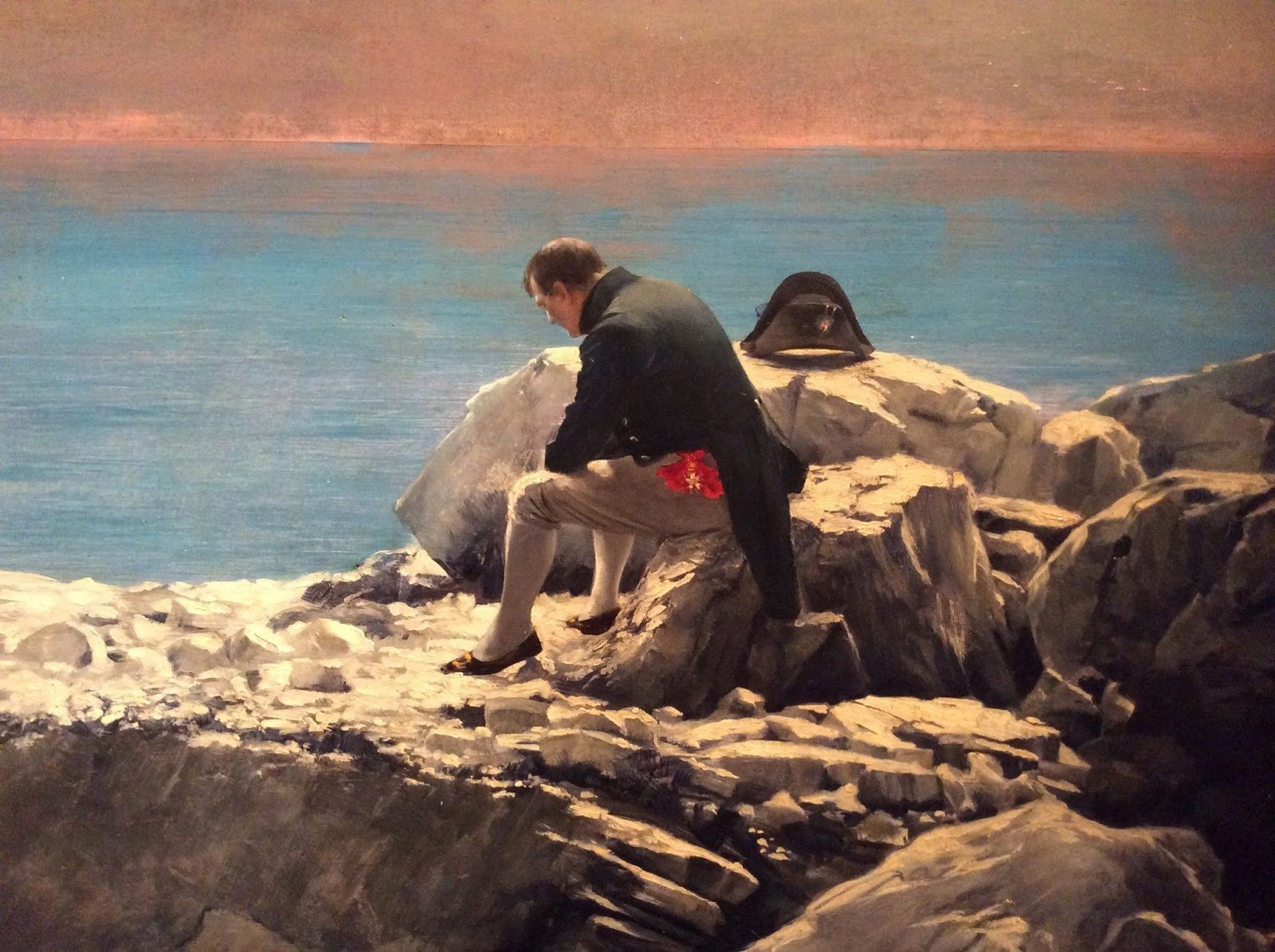St Helena - The most remote island in the world
St Helena is an island that is part of the British Overseas Territory, and is considered one of the most remote and inaccessible islands in the world. However, it is famous for being the place associated with the exile of the French emperor - Napoleon Bonaparte. After the defeat in the final battle (Waterloo) in 1815, Napoleon was exiled to this island by the British.
Napoleon lived here for six years until his death in 1821. This is where he created his "myths", wrote his memoirs and battled chronic pain from the after-effects of war and possibly the stomach cancer that caused his death.
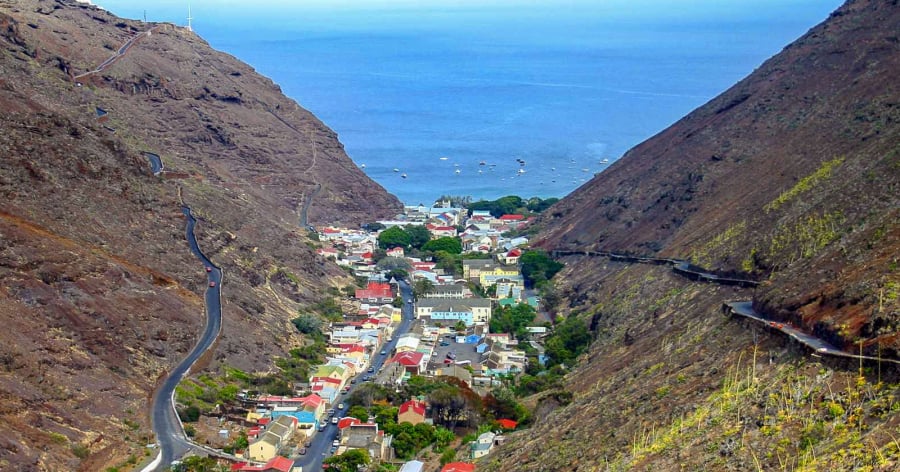
St Helena is where the French emperor Napoleon was exiled (Photo: Internet)
Some two centuries later, remnants of the emperor still remain on the island, under the care of a 55-year-old man named Michel Dancoisne-Martineau. The Frenchman arrived on St Helena at the age of 18 and has rarely left since, leaving the island only once a year.
Today, home to 4,000 residents, life on St Helena is slow-paced. There are no chain stores, and most local shops close by 4 p.m. Goods for the island need to be ordered about a month in advance and shipped there. St Helena has no mobile network, and internet access is spotty.
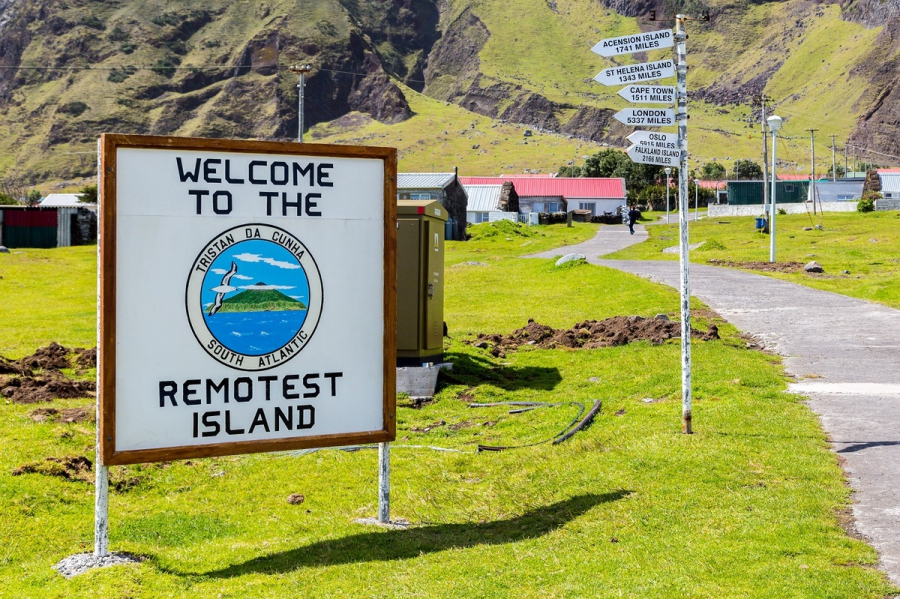
St Helena is one of the most remote and inaccessible islands in the world (Photo: Maloff)
Napoleon's final residence
It is true that Château de Malmaison was not where the emperor began his exile, he only stayed there for 100 days before being exiled to St Helena and staying at a small house called Briars. However, he only lived at Briars for a few months before being moved to Longwood House.
The Tuileries Gardens were not the last gardens the emperor cared for, but rather the lush gardens located within Longwood House - Napoleon's final residence until the end of his life.
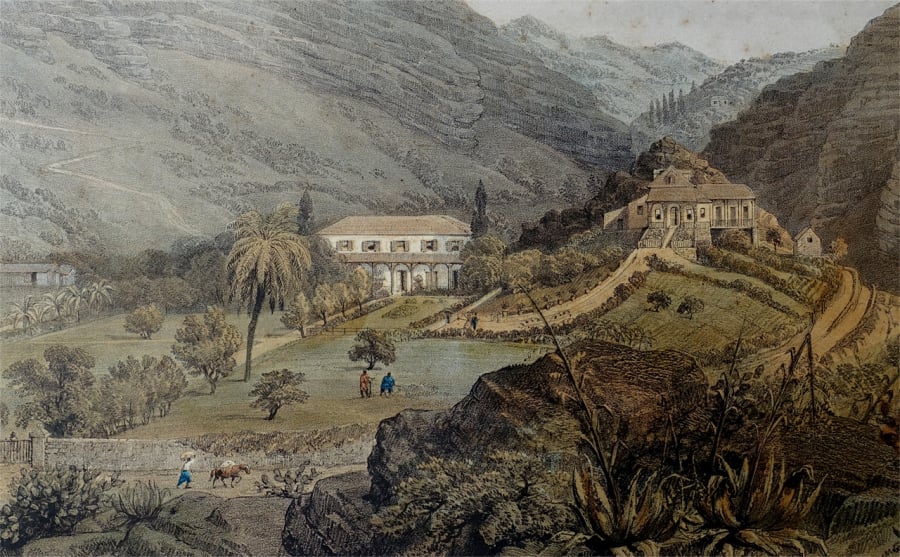
Briars Cottage - where Napoleon lived before being exiled to Longwood House (Photo: Internet)
And aside from the opulence of Les Invalides, the French capital’s famous mausoleum, St Helena was Napoleon’s original burial site. He was buried on a lush green hillside until France claimed his body 19 years later. Today, the site is just a stone slab surrounded by black fences.
Michel Dancoisne-Martineau has been looking after and preserving all these monuments for many years. The preservation has gone hand in hand with renovation measures, as the previous person in charge left a mess before leaving. "I want to rebuild the most similar version of the palace before Napoleon died."
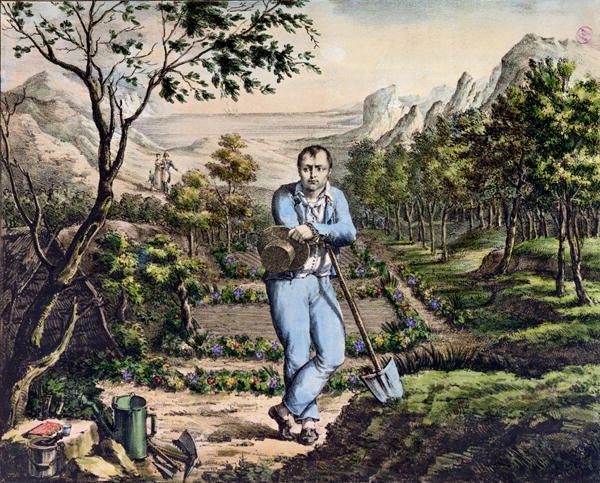
Napoleon tended his garden on the island (Photo: Internet)
Dancoisne-Martineau repaired the woodwork and repainted the interior, and restored Napoleon's beloved garden. The colorful garden, tended by the emperor himself, transformed one of the bleakest places in the world into a magical place.
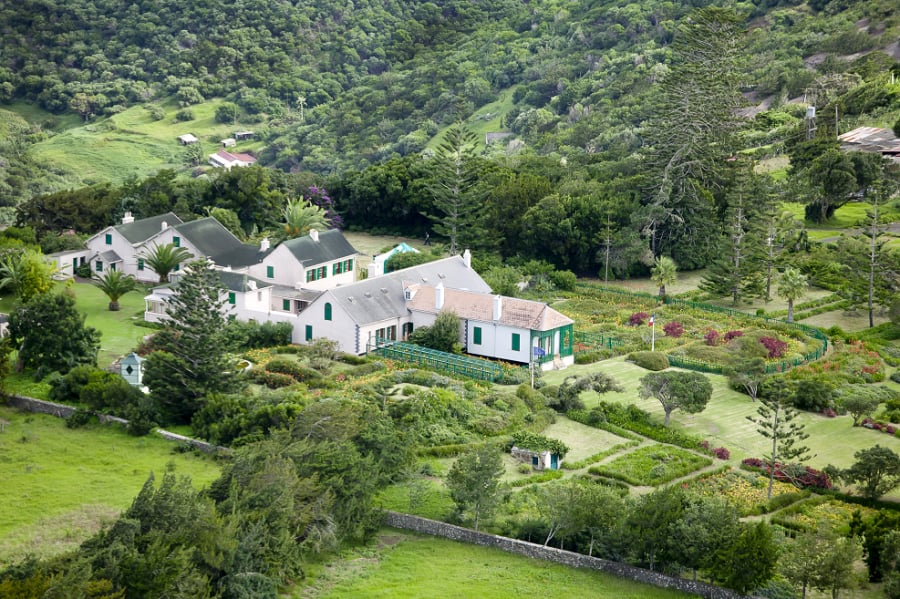
Current Longwood House (Photo: Internet)
"ruined house" is only a legend
Not everyone is happy with Dancoisne-Martineau's efforts to restore the relics, because another part of Napoleon's legend is that the emperor lived in extremely poor conditions.
“Napoleon actually lived in the squalid, filthy conditions of Longwood House, enduring bad weather conditions to make himself a martyr,” Dancoisne-Martineau said.

Longwood House has undergone many renovations (Photo: Internet)
At the time, Longwood House was the worst place on the island. Just over 500 meters above sea level, the island was blanketed by clouds and trade winds year-round. “The wooden floors were rotting, the roof was leaking, there was water coming through the walls, rats were crawling through the planks, and there was a smell of stagnant water underfoot,” Dancoisne-Martineau said.
Not only that, the years-long construction of a resting place for Napoleon's entourage also caused noise pollution on the island. And although the British promised to build a new house for him, by the time it was finished, he was... dead.
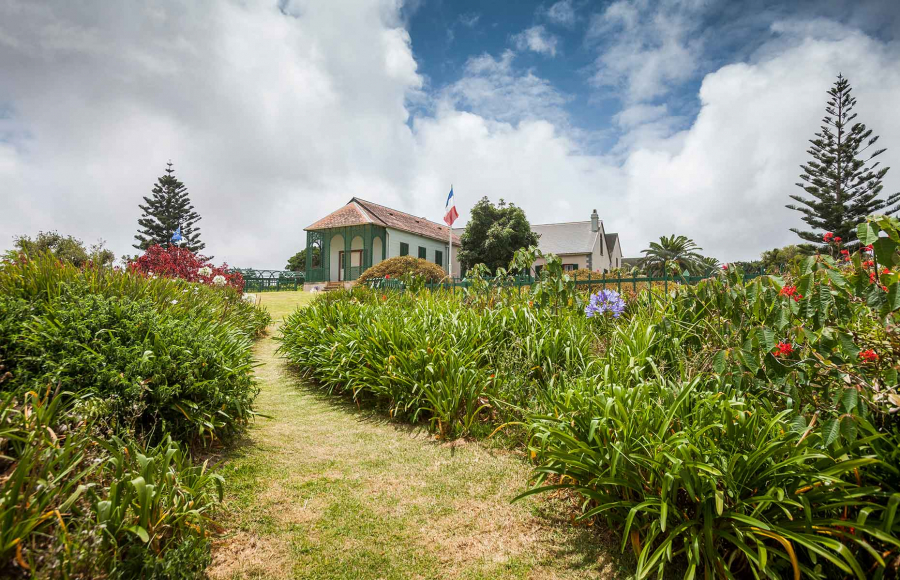
Longwood House and its beautiful garden today (Photo: Internet)
However, after many renovations, Longwood House today is a spacious and beautiful place. “Too gorgeous” is what many people say after visiting this place. “Some visitors are disappointed that it is not in ruins; people think it must be exactly like the legend - they expect to see a worse state than the well-preserved one,” Dancoisne-Martineau shared.
"The French Men" - the people who keep Napoleon's image on the island
Today, Michel Dancoisne-Martineau is one of the island's most famous residents, known to locals as “the Frenchman” – the man who abandoned Europe to live on the remote island and preserve the memory of history's most controversial emperor.
The story of this man's journey to St Helena reads like a novel.

Michel Dancoisne-Martineau (Photo: Internet)
In 1985, as an 18-year-old student, Michel Dancoisne read “Lord Byron” and loved it so much that he immediately wrote a letter to the book’s author, Gilbert Martineau, who was also the retired manager of the island of St Helena, the caretaker of the remains of the French emperor.
The following summer, 18-year-old Michel Dancoisne visited the island after being invited by Gilbert Martineau. "Martineau was getting old. He had retired but he had to continue looking after the monuments, because until now no one had agreed to take over. People said they couldn't find anyone crazy enough to do it," the "Frenchman" recounted.
“I fell in love with the island right away and decided to apply.” After completing his military service in France, he signed up for a three-year term as caretaker of the monument in December 1987. Many people have questioned why Dancoisne-Martineau chose this job, was it because of his great admiration for the French emperor?
Actually, probably not.

The "French man" came to St Helena at the age of 18 (Photo: Internet)
Dancoisne-Martineau shared that he was not really happy living in France: "My family disowned me so I felt very empty in life." At the same time, he met Gilbert Martineau, who also lacked affection due to his lonely life after the war. After two years of meeting, Gilbert Martineau adopted Michel Dancoisne, from which the name Michel Dancoisne-Martineau was born. "He was the wonderful father I never had. I was very proud to be his son. We had a close father-son relationship for 10 years."
Michel Dancoisne-Martineau became the curator of French monuments on St. Helena and Honorary Consul of France. After three years on the island, he extended his term several times, then bought land, built a house, and got married. His adoptive father died of cancer in 1995 after being treated in France. Dancoisne-Martineau returned to St. Helena and has never left since.
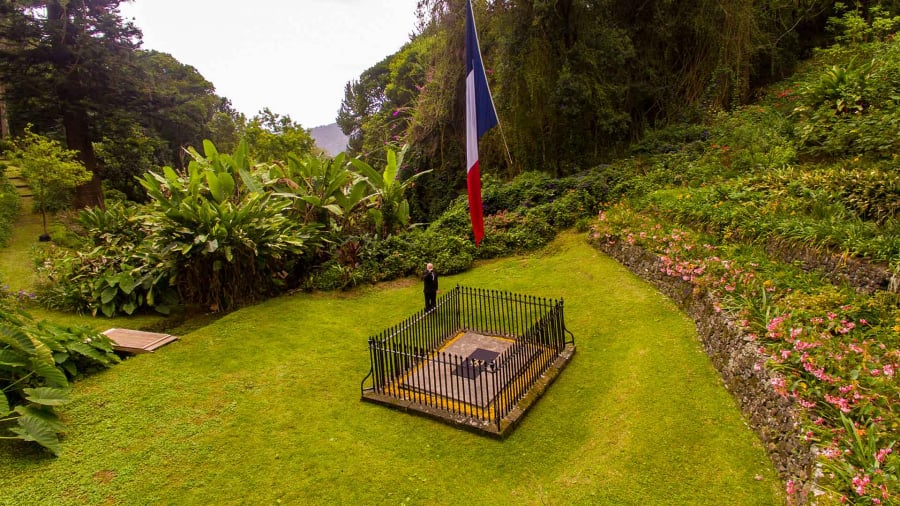
Napoleon's tomb on St Helena Island (Photo: Internet)
"Home"
The truth is that Dancoisne-Martineau... has no interest in Napoleon facts, nor does he try to explain or orient tourists to the idea of the great emperor, and at first he even felt odd about having to look after an empty tomb. "My job is just to look after, preserve and introduce to visitors the house of a dead man," - Dancoisne-Martineau said.
Although he neither liked nor hated Napoleon, he admitted that he was impressed by the emperor who never gave up. “Many people who sat in Napoleon's position felt discouraged and pressured, but he was very steadfast, always maintained the spirit of a warrior, never gave up.”
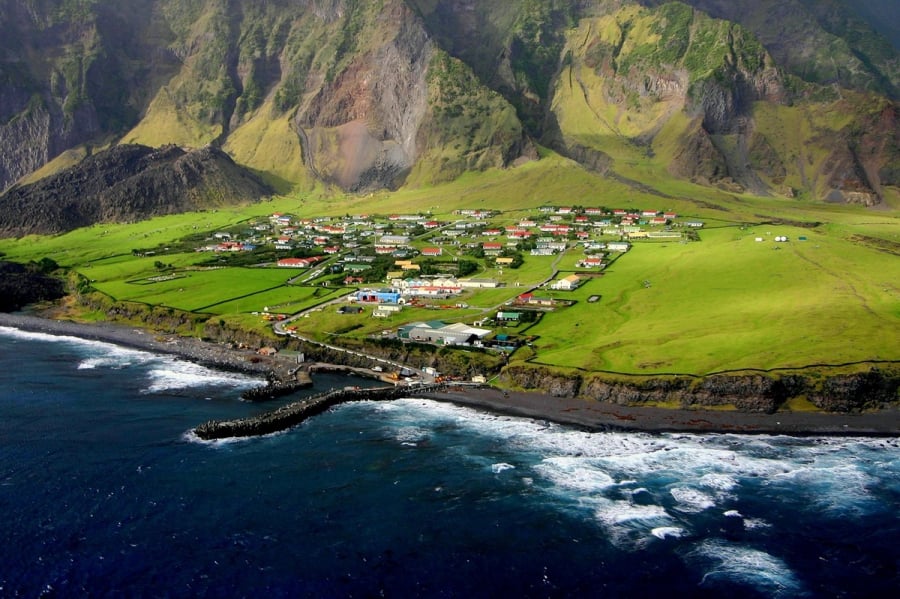
St Helena today (Photo: HKM)
It’s hard to understand how different Dancoisne-Martineau lives on the island. He normally leaves the island only once a year. He buys food on the island, and stores clothes and belongings from his annual trips to South Africa and France. “If you want to buy anything else, you have to import it from England and it takes about three months to get it,” he says.
However, he never had any thoughts of leaving.
“I used to live in a small village so I got used to it, it wasn’t too difficult to adapt to life here. I love the community here and I have a strong feeling that people choose to stay here for each other, that’s why I love this island so much,” he confided.
"This is the home I've been looking for all my life."





